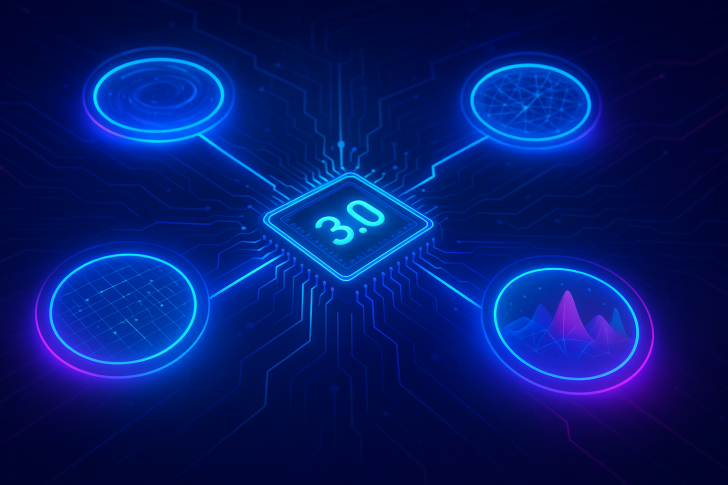⬤ Google just dropped Gemini 3.0 Heavy, and it's getting people talking. This isn't your typical AI model—it's built around four agents that work together at the same time, each handling a different part of the problem before combining everything into one polished answer. The first demo showed it creating a detailed planet visualization on the first try, which is pretty impressive when you think about how much coordination that takes behind the scenes.
⬤ What makes this model stand out is how it coordinates multiple reasoning processes at once, similar to what we've seen with Grok Heavy. Instead of working through problems step by step, it tackles them from several angles simultaneously, which should mean fewer mistakes and better results on complicated tasks. The model appears to be entering some kind of public preview phase, and people are already comparing it to Gemini 3 Pro, especially when it comes to structured thinking and how it pulls everything together.
⬤ The fact that it can generate complete visualizations in one shot hints at some real improvements in how it handles multi-step logic and keeps everything coherent. Multi-agent setups are becoming increasingly important for advanced AI, particularly in technical work, detailed planning, and complex problem-solving scenarios. With capabilities that match up against Grok's high-end architecture, Gemini 3.0 Heavy looks like it could shake things up in the premium AI model space.
⬤ This launch matters because multi-agent systems are becoming the foundation for the next wave of high-precision AI models. If this approach proves more reliable than traditional single-path reasoning, it could influence how companies across research labs, enterprise automation, and creative industries choose their AI tools. As the race for advanced agentic AI heats up, Gemini 3.0 Heavy might end up playing a significant role in where the industry heads next.
 Usman Salis
Usman Salis

 Usman Salis
Usman Salis


